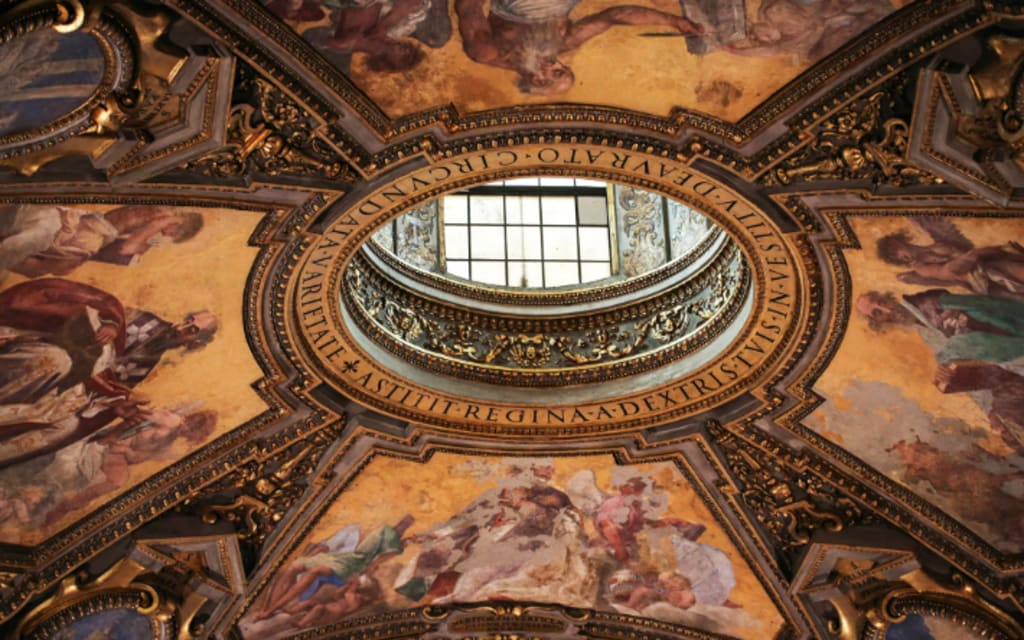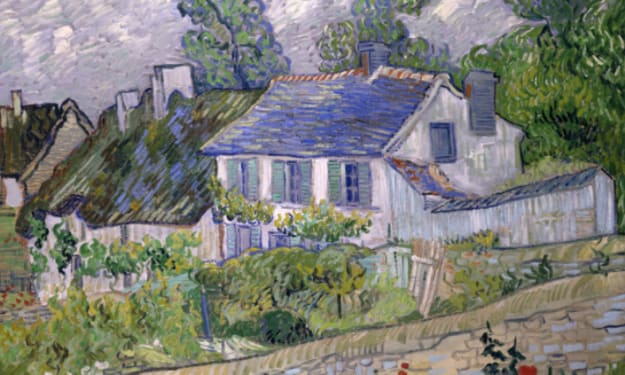Unveiling the Splendor of the Sistine Chapel
The Magnificence of Michelangelo

Michelangelo Buonarroti, one of the most renowned artists of the Italian Renaissance. Among his many masterpieces, the ceiling of the Sistine Chapel stands as a testament to his genius, representing not only a triumph of art but also an enduring symbol of human achievement.
Commissioned by Pope Julius II in 1508, Michelangelo embarked on what would become one of his most ambitious projects: to adorn the ceiling of the Sistine Chapel with frescoes depicting scenes from the Book of Genesis and other biblical narratives. The endeavor was a monumental undertaking, both in scale and significance, requiring Michelangelo to work tirelessly for four years to complete the vast expanse of the chapel's ceiling.
The process of painting the Sistine Chapel was arduous and painstaking, yet Michelangelo approached it with unwavering determination and artistic vision. He eschewed the traditional fresco technique of working on wet plaster in favor of a method known as fresco secco, which allowed him greater control and flexibility in executing his designs. This decision, though unconventional, enabled Michelangelo to achieve remarkable detail and nuance in his compositions.
Michelangelo's first task was to prepare the ceiling surface, which involved meticulously smoothing the rough plaster to create an even canvas for his paintings. Once the surface was ready, he began sketching his designs directly onto the ceiling, using charcoal and other drawing materials to outline the intricate figures and scenes that would soon come to life in vivid color.
The painting process itself was a painstaking endeavor, requiring Michelangelo to work for hours on end, often in uncomfortable positions high above the ground. Despite the physical challenges, he poured his heart and soul into every brushstroke, infusing each figure with a sense of dynamism and emotional depth that continues to captivate viewers to this day.
One of the most iconic elements of the Sistine Chapel ceiling is the series of nine central panels depicting scenes from the Book of Genesis, including the creation of Adam and Eve, the temptation and expulsion from the Garden of Eden, and the Great Flood. These panels serve as the focal point of the composition, drawing the viewer's gaze upward toward the heavens in awe and reverence.
In addition to the central panels, Michelangelo adorned the ceiling with a rich tapestry of decorative motifs, including ornate architectural elements, medallions, and cherubs. Each detail was meticulously rendered, contributing to the overall harmony and grandeur of the composition.
Throughout the painting process, Michelangelo toiled atop elevated scaffolding, enduring an atmosphere filled with paints containing hazardous lead salts and solvents like toxic turpentine. These substances dripped onto his face, subjecting him to continuous inhalation in a dimly lit environment illuminated solely by oil lamps and candles. In a sonnet addressed to Giovanni da Pistoia, Michelangelo vividly described his taxing conditions. By 1510, he began experiencing vison issues and was far- sighted needing to elevate documents to eye level for reading. This condition dissipated shortly after completing his magnum opus. It is posited that Michelangelo's eye ailment was likely a transient form of nystagmus( involuntary eye movement) induced by extensive periods of upward gaze. Yet, his unwavering commitment to his craft and his unwavering belief in the power of art to transcend the mundane and elevate the soul drove him forward, inspiring him to push the boundaries of artistic expression and creativity.
In 1512, after years of tireless labor, Michelangelo unveiled his masterpiece to the world. The Sistine Chapel ceiling was met with universal acclaim, hailed as a triumph of art and a testament to the enduring power of human creativity.
Today, the Sistine Chapel remains one of the most visited and revered artistic treasures in the world, attracting millions of visitors each year who come to marvel at Michelangelo's timeless masterpiece. Its significance extends far beyond the realm of art, serving as a symbol of human aspiration and the enduring quest for beauty, truth, and transcendence.
In the end, Michelangelo's monumental achievement reminds us of the transformative power of art to inspire, uplift, and illuminate the human spirit. Art critics now view the artistic piece with a different thought in mind, that there are hidden messages in the artwork. All the figures closely resemble Jews and there are sections in which the pope is painted in a mocking way. Nevertheless, the painter and his painting live on.
About the Creator
Janie
Passionate about unraveling the intricate tapestry of art history and contemporary artistic expressions. Beyond brushstrokes and colors, into the mental and physical struggles of artists.
Enjoyed the story? Support the Creator.
Subscribe for free to receive all their stories in your feed. You could also pledge your support or give them a one-off tip, letting them know you appreciate their work.






Comments
Janie is not accepting comments at the moment
Want to show your support? Send them a one-off tip.